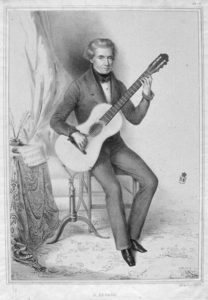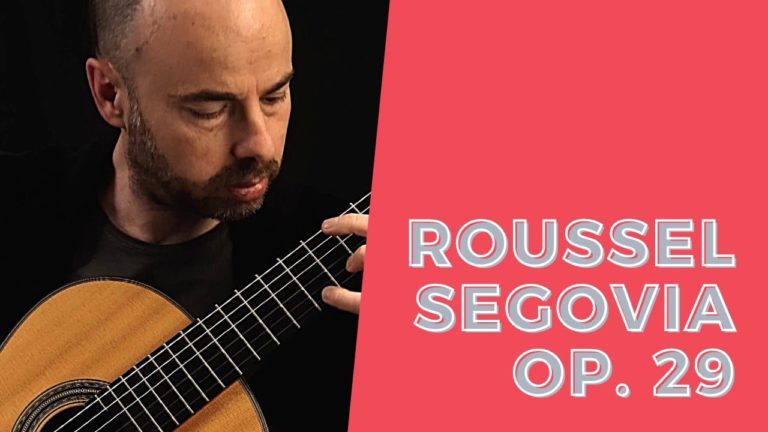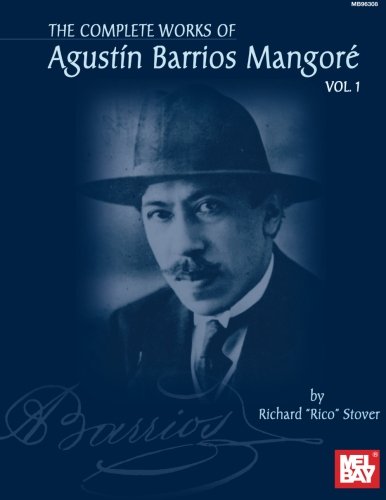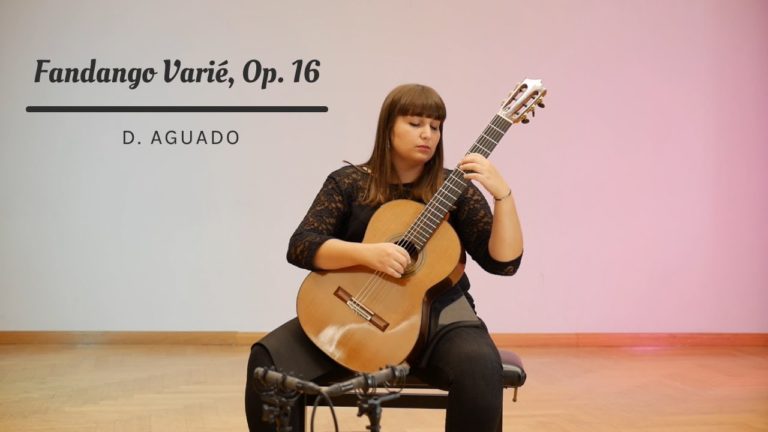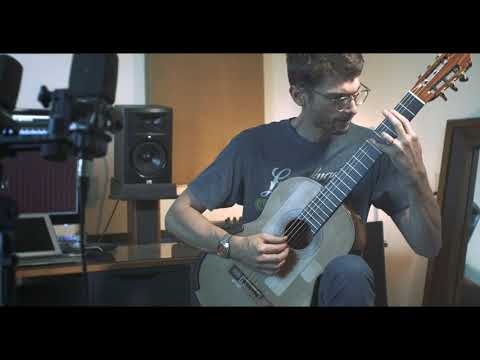Introduction and Rondo No. 2 Op. 2 from Trois Rondo Brillants, Op. 2 by Dionisio Aguado (1784–1849). Aguado was a Spanish classical guitarist and composer of the Classical period. He is well known for his concert and pedagogical works as well as his method books (Escuela de Guitarra & Nuevo Método de Guitarra) and relationship to ofter guitarists of the period. As Drew Henderson mentions on his YouTube below, “The theme of this Rondo bears a striking resemblance to Beethoven’s famous ‘Pathetique’ Sonata, Op. 13 no. 8. Given that this piece was published in the year of Beethoven’s death (1827), perhaps we can call it a ‘tribute’. However, the dedication is to Aguado’s contemporary, François de Fossa.”
Recommended Sheet Music:
- Complete Works Vol. 3 ed. Jeffery (Amazon)
- Tres Rondos Brillantes (Amazon)
Video Performances
Canadian guitarist Drew Henderson performs Introduction and Rondo no. 2 Op. 2 by Dionisio Aguado (1784 – 1849). This comes via his fantastic YouTube channel.
Emanuele Buono Guitar Recital: Introduction and Rondo Brillante Op. 2, No. 2 via naxosvideos on thier YouTube Channel.
Introduction and Rondo Brilliante Op.2, No.2 (Dionisio Aguado) by Thu Le via her Youtube Channel.
Dionisio Aguado (1784–1849)
Born in Madrid, he studied with Miguel García. In 1826, Aguado visited Paris, where he met and became friends with and for a while lived with Fernando Sor. Sor’s duo Les Deux Amis (“The Two Friends”) commemorated the friendship: one part is marked “Sor” and the other “Aguado.” Aguado’s major work Escuela de Guitarra was a guitar tutorial published in 1825. As of 2011, it is still in print, with Tecla Editions releasing a reprint in 2005. In the Escuela Aguado describes his use of fingernails on the right hand as well as his invention of a “tripodison”: a device that held the guitar and thus minimized the damping effect of the player’s body on the guitar’s back and sides. Aguado’s other works include Trois Rondos Brillants (Opus 2), Le Menuet Affandangado (Opus 15), Le Fandango Varie (Opus 16), as well as numerous waltzes, minuets, and other light pieces. The more extended works require a virtuoso technique and left-hand stretches that are almost impossible on the longer string lengths of modern guitars. Aguado returned home to Madrid in 1837 and died there aged 65. Aguado’s surname comes from the Spanish word for “soaked.” (This is because an ancient relative of his, who was a knight, returned after a battle caked in mud. The nickname then eventually became the surname.
Of the instruments used by Aguado, two which were built by Pierre René Lacôte, (Paris 1838) and Etienne Laprevotte, (Paris 1838).
Read more at his Wiki Page.

